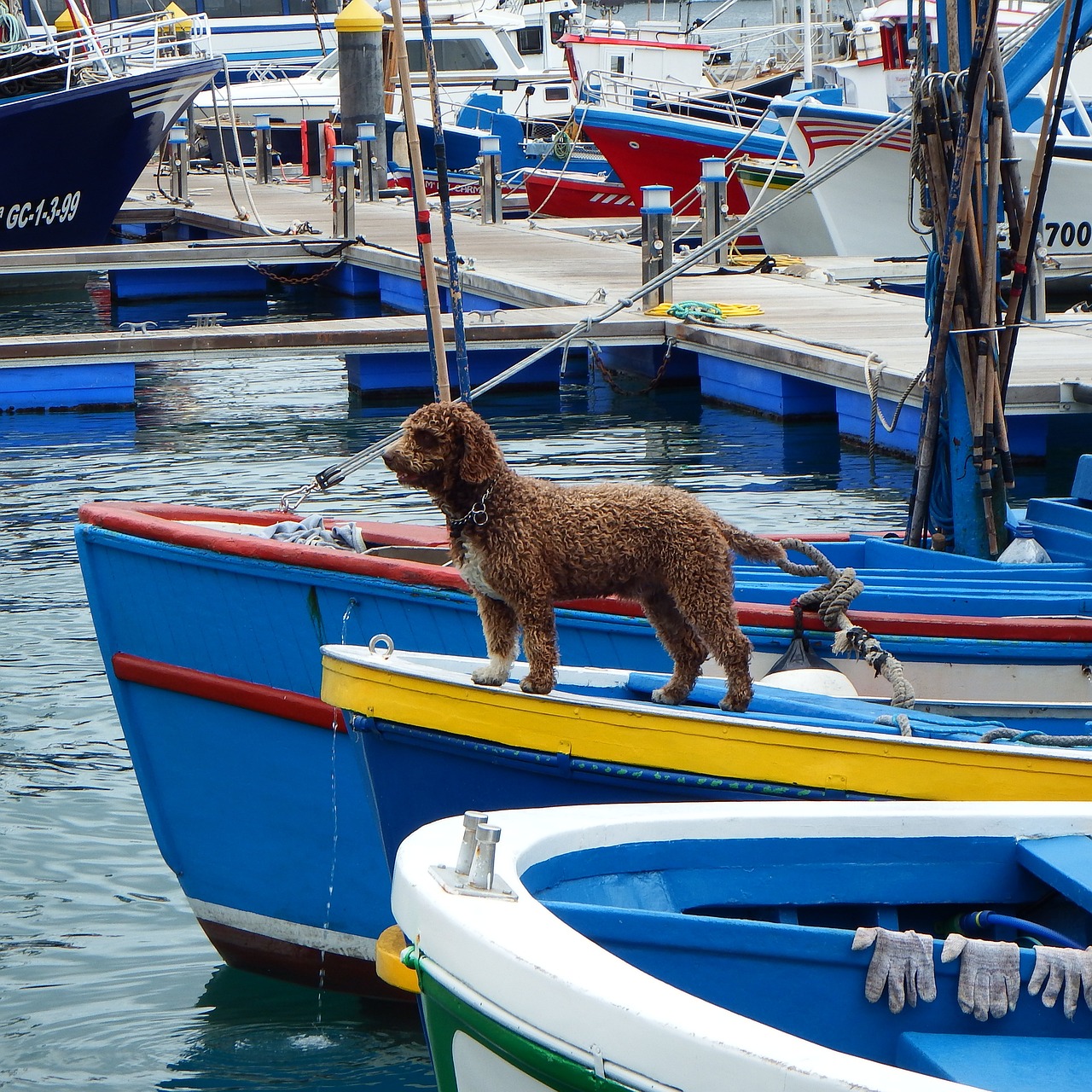Boating is a huge part of my Floridian’s lives, but embarking on such adventures with your furry friend in tow requires more than just enthusiasm. Proper preparation and training are paramount to ensure these aquatic journeys are both enjoyable and safe for dogs and their owners. This blog will navigate you through the turbulent waters of boating with your four-legged mate, ensuring every boating experience is a tail-wagging success.
The Basics of Boating with Dogs
Embarking on a boating adventure with your dog is exciting, but not every pup is cut out for the high seas. Start by evaluating your dog’s temperament. Dogs that are calm, adaptable, and responsive to commands are prime candidates. Next, consider their health. Dogs with medical conditions or older dogs may find the boating environment stressful. Swimming ability is another crucial factor; while many dogs are natural swimmers, some breeds and individuals might struggle in the water. It’s wise to test your dog’s comfort and ability in a controlled environment before hitting the open seas.
Once you’ve determined your dog is a good fit for boating, focus on safety. The most important gear? A dog life jacket. Even strong swimmers can tire or face unexpected challenges. Ensure the life jacket fits snugly, allowing your dog to move comfortably. On the boat, designate a safe, shaded area for your dog to rest away from potential hazards. You should also bring ample fresh water to keep you and your pup hydrated under the Florida sun.
Just like humans, dogs can experience seasickness. To mitigate this, try shorter trips initially and observe how your dog reacts. Feeding them a light meal a few hours before setting sail can help. If your dog does appear nauseous – such as showing signs of drooling or lethargy – keep them in the fresh air and limit their movement.
Advanced Training and Considerations for Nautical Canines
Training your dog for boat life helps make sure you aren’t jumping off the deep end without the knowledge of how they will act and behave on the water. Gradually acclimate your dog to the boat while it’s docked, allowing them to explore and get comfortable with the surroundings, as well as practice getting on and off the boat safely. Reinforce positive behavior with treats and praise, and before you know it, your dog will learn to navigate the boating environment confidently.
As mentioned, teaching your dog to swim safely is a cornerstone of boating adventures – something you should practice and master well in advance. Start in shallow, calm waters, gradually encouraging your dog to paddle. Supervising and staying close to provide support while practicing in controlled conditions ensures they never get too overwhelmed by their situation. If your dog seems hesitant, patience is key. Allow them to explore at their own pace, and avoid forcing them into the water, as this can exacerbate fears. Over time, many dogs will overcome their apprehension and might even grow to love the sea.
We don’t like considering the dangers, but you should also prepare for emergencies. Train your dog to respond to emergency commands like ‘stay’ or ‘come’ in high-stress situations. Familiarize them with wearing a life jacket and practice drills for what to do if they fall overboard. It’s also vital to have a plan for boat malfunctions or other emergencies. Naturally, boating in Florida also brings unique challenges, such as the local wildlife – alligators, sharks, poisonous creatures – that might intrigue or threaten your dog. Focus on training that helps you keep control of their behavior in stressful or dangerous situations.
If you are interested in more training for your dog before you hit the high seas, call Gulf Coast K9 Dog Training today for more information.





